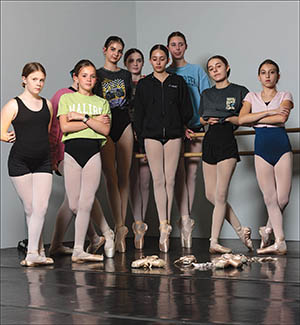By Sharon Seals
Not all, but many deciduous trees turn vivid colors in fall. Maples, Oaks, Tupelos, Gingko trees and more are examples.
They put on a spectacular performance. Factors contributing to fall color are: temperatures, precipitation, and soil moisture, however the main factor is the amount of light.
As days grow shorter, less light triggers chemical changes. The combination of reduced light, lack of nutrients and water, add up to the death of the pigment chlorophyll. The pigment carotene and anthocyanin show as yellow and red respectively, however we do not notice it while the green shows.
It is sugar that is trapped in autumn leaves that is responsible for the vividness of the colors. When on sunny days, additional anthocyanins are manufactured. The sunlight acting on the sugar results in the foliage sparkling.
Sharon Seals, a Garland County Master Gardener, volunteers with GC Master Gardeners of the UofA Div. of Agriculture, Cooperative Ext. Service. Master Gardeners pool skills and resources to improve home horticulture, stimulate interest in plants and gardening, and encourage beautification. For more info, call 501-623-6841 or email abates@uaex.edu.








